ex "Kurtz" Violin
Andrea Amati Italian
Andrea Amati is credited with creating the first instruments of the violin family. HIs contributions included standardizing elements that are common on violins today including the f-shaped soundholes, the scroll, and the use of four strings. Amati established the proportions of the violin and built violas and cellos in order to have en entire ensemble of violin-type instruments. Amati built his instruments using an internal mold, which contributed to a high-consistency in his final instruments. Andrea was also the first of the Cremonese school of luthiers and the standard for the work of those who followed for the next two centuries including his two sons, his grandson Nicolò, members of the Guarneri family, Antonio Stradivari, and others.
The maple back and sides of The Met's violin are decorated with the Latin couplet "Quo unico propugnaculo stat stabiq[ue] religio" (By this bulwark alone religion stands and will stand). The back of the instrument is decorated with fleurs-de-lis in the corners, a geometric design with floral ornamentation between the upper bouts, and a few traces of pigment in the middle of the back where there is presumed to have been a coat of arms. Similarities between the decoration on the Museum's violin and that on a violetta by Andrea Amati in the collection of the Musée de la Musique in Paris has led to speculation that the violin was part of a set of instruments presented upon the marriage of Philip II of Spain to Elisabeth of Valois in 1559. The decoration found on the violetta in Paris has a more clearly defined coat of arms for the Spanish king, who took the daughter of Catherine de' Medici as his third wife.
Certificates:
Stradivari Bicentennial, 1937
Emil Herrmann, February 27, 1941
Frederick W. Oster, February 1, 1999
Description:
One-piece maple back of medium figure descending left to right; the ribs of similarly figured maple; the scroll and pegbox of unfigured maple grafted onto a modern neck, the top of fine to medium grain spruce in two pieces; traces remain of the original varnish and oil-gilded and red-painted decoration including a geometric design on ribs and back and a Latin motto on ribs, repeated on the back, and a retouched foliage ornament on back of pegbox (gilding slightly retouched, elsewhere as well) protected by later varnish, golden-brown overall; modern ebony fingerboard, ornamentally carved pegs and tailpiece, tailpiece button, saddle nut, and bridge, and internal modifications including a modern soundpost and bass bar
#Gigue from Partita No. 2 in d minor by Johann Sebastian Bach, played by Sean Avram Carpenter, 2011.
-
Gigue from Partita No. 2 in d minor by Johann Sebastian Bach, played by Sean Avram Carpenter, 2011.
-
9451. Violin
-
Jorg Michael Schwarz. A prelude from Nicola Cosimi's "Select Preludes & Vollentarys for the Violin". Recorded February 2010
Playlist
Due to rights restrictions, this image cannot be enlarged, viewed at full screen, or downloaded.
This artwork is meant to be viewed from right to left. Scroll left to view more.


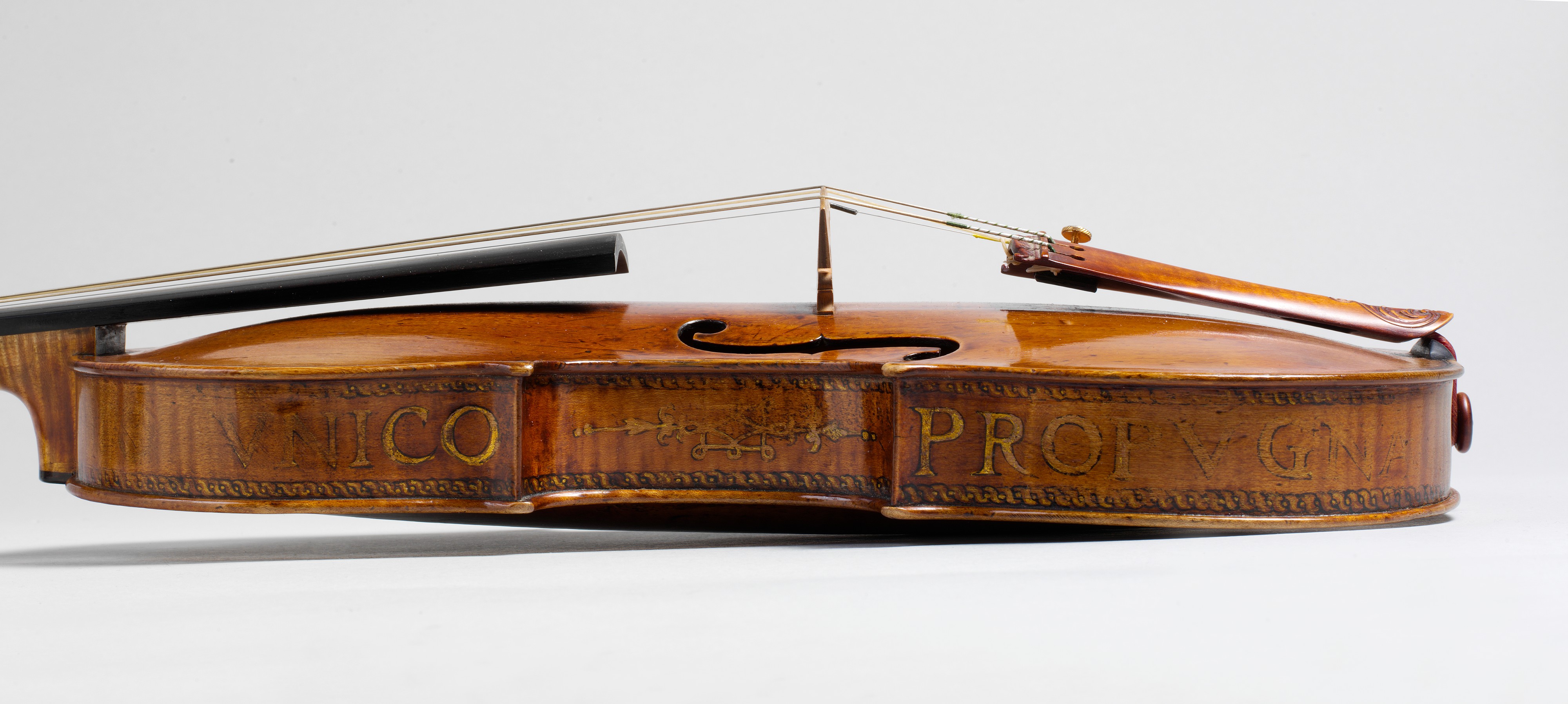
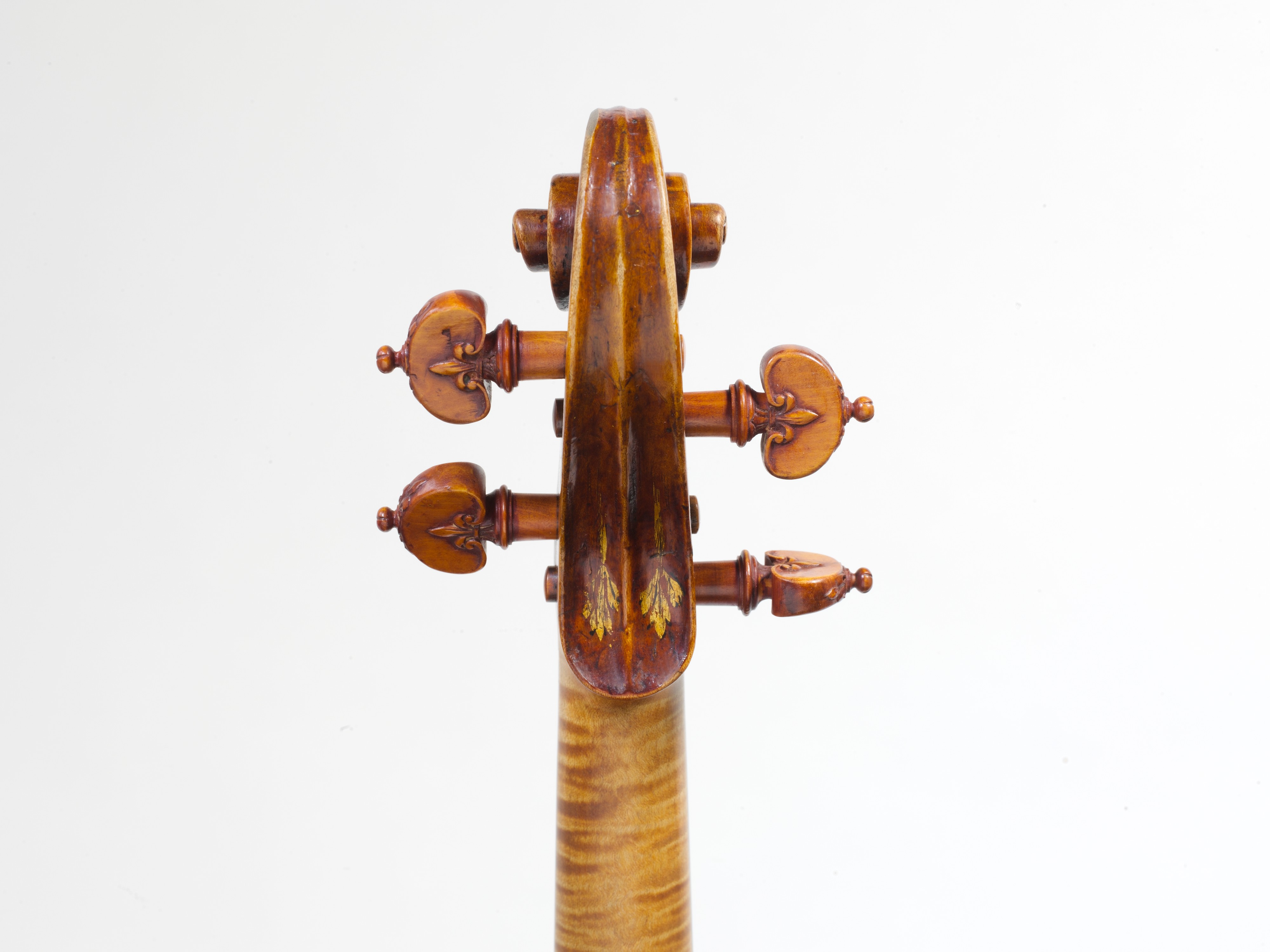

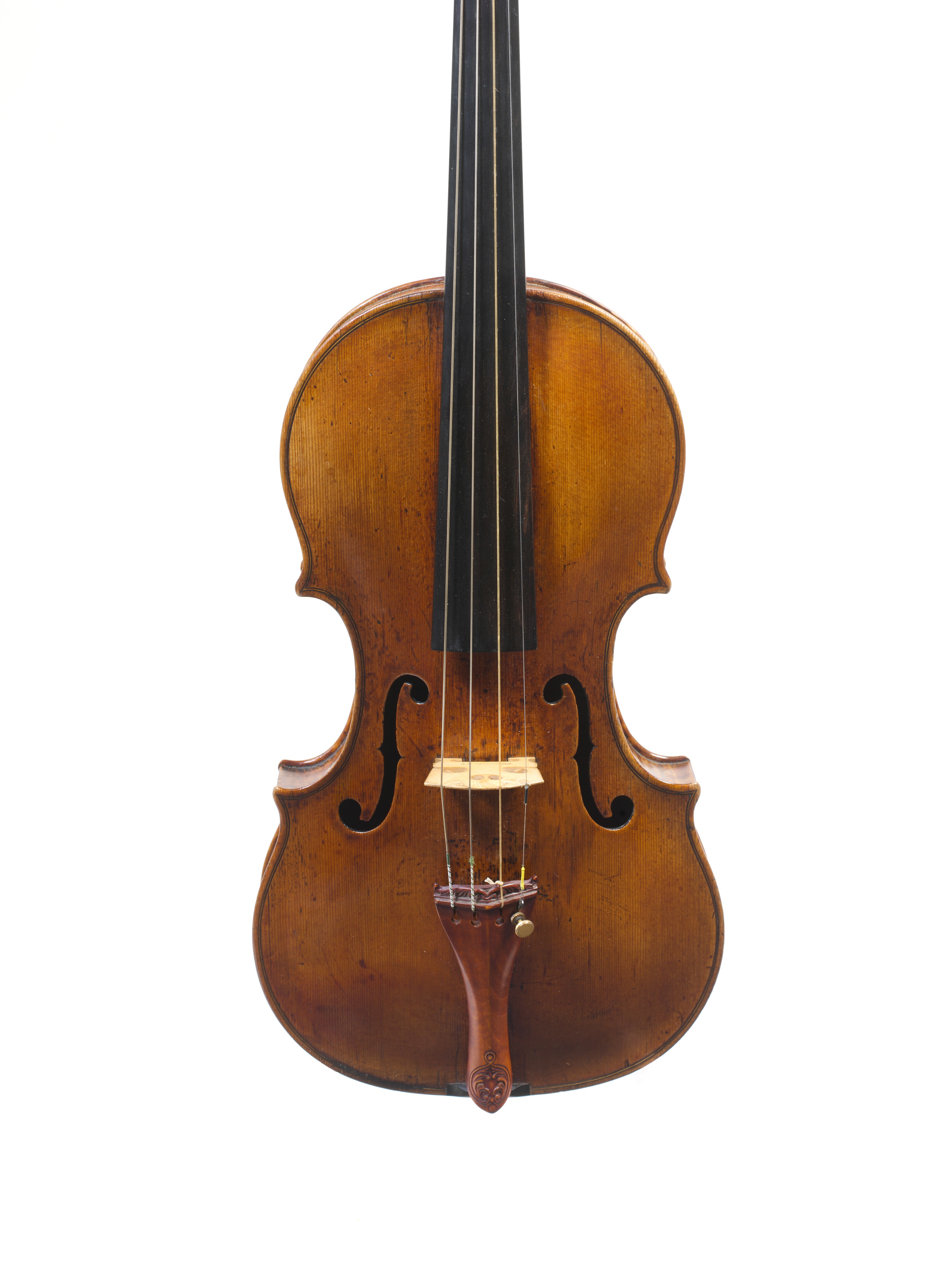
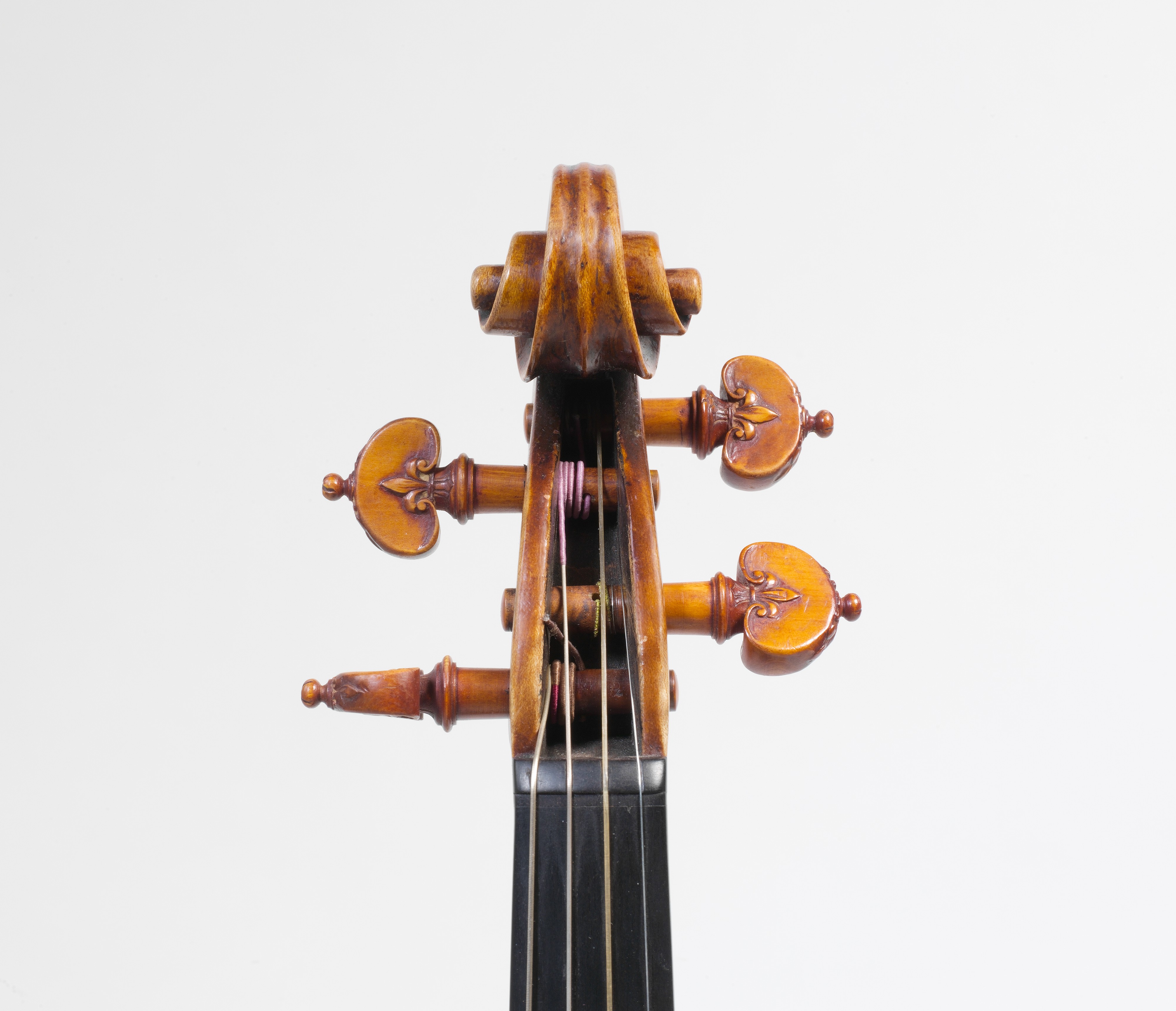
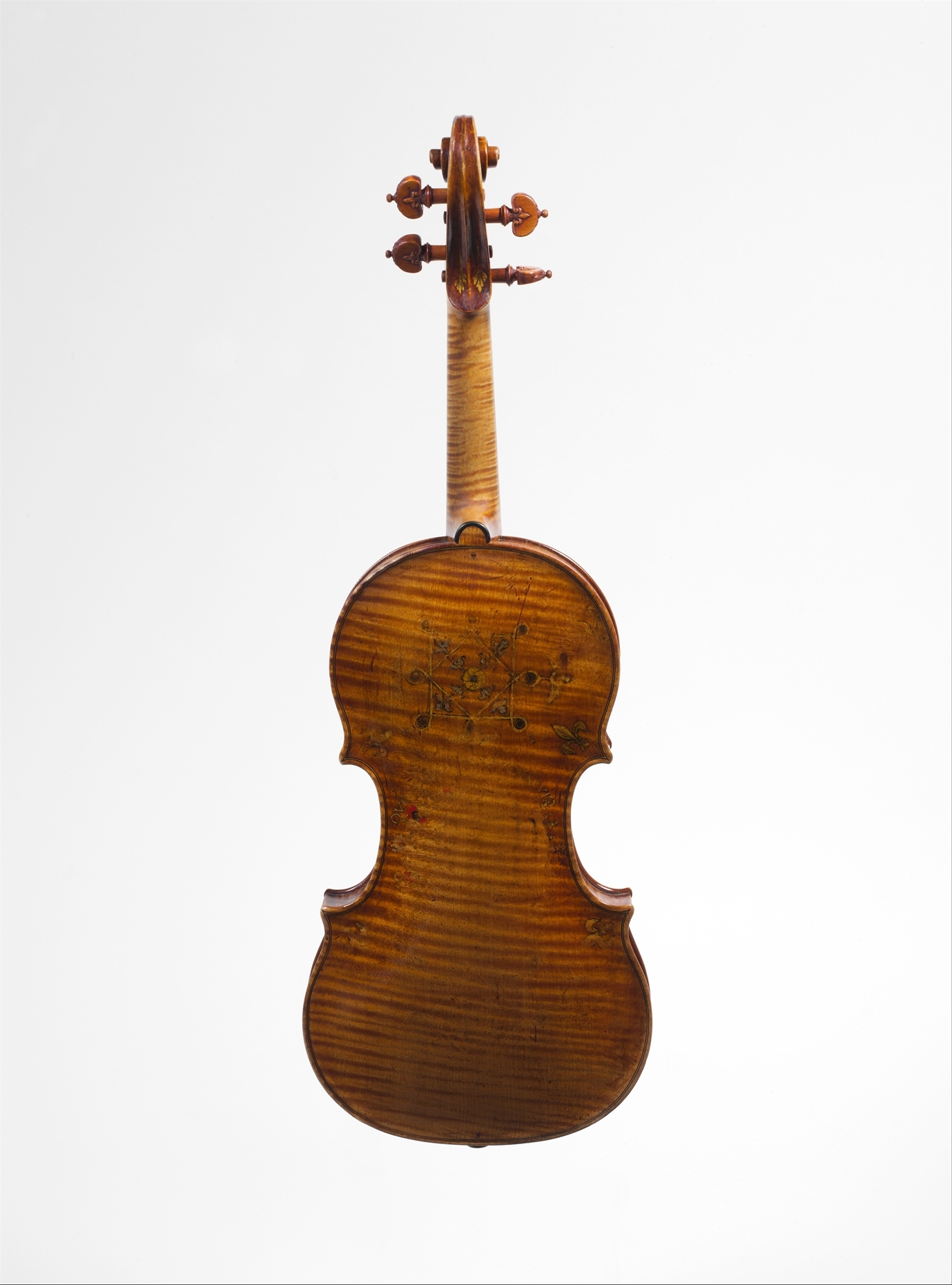
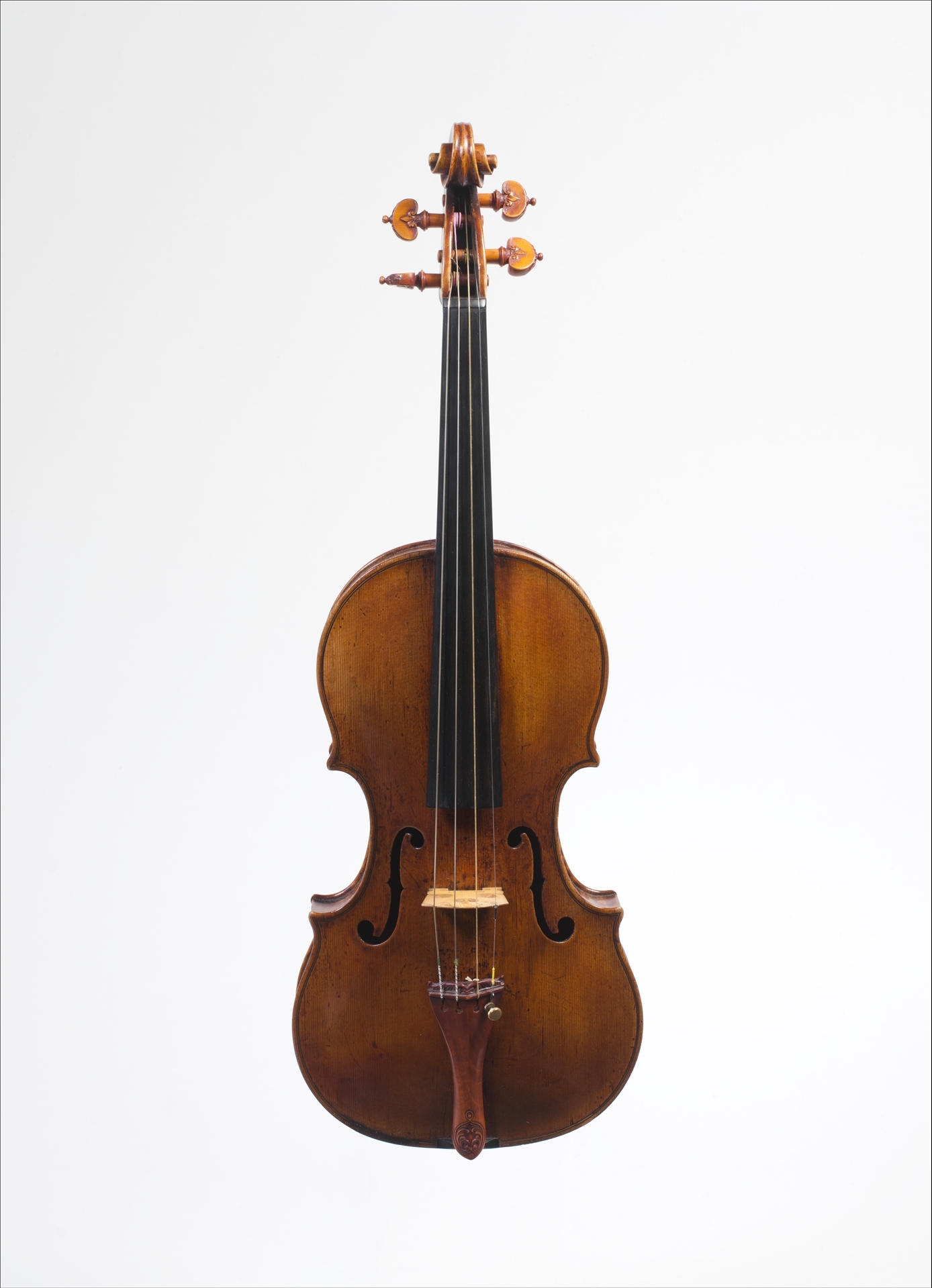
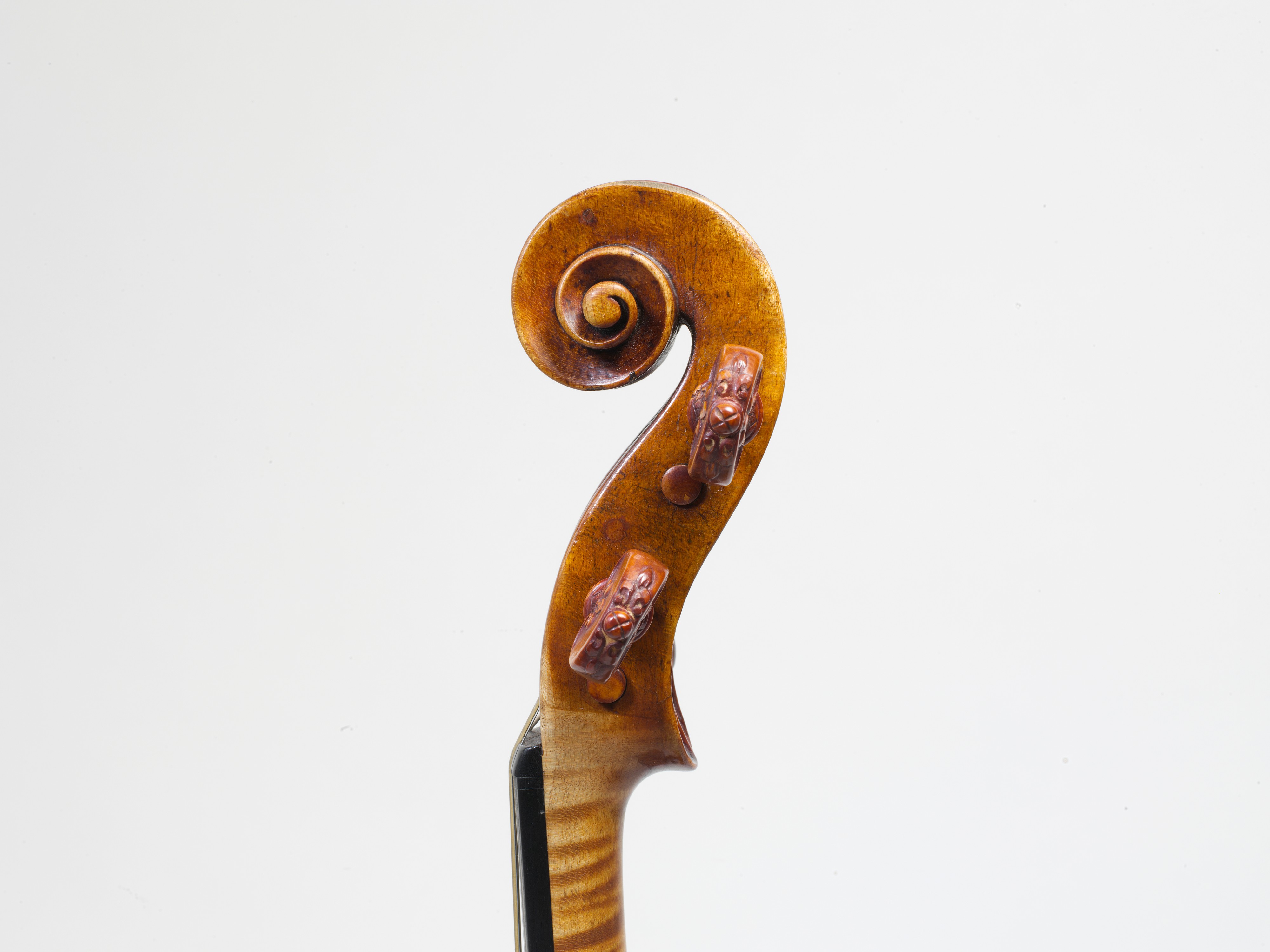
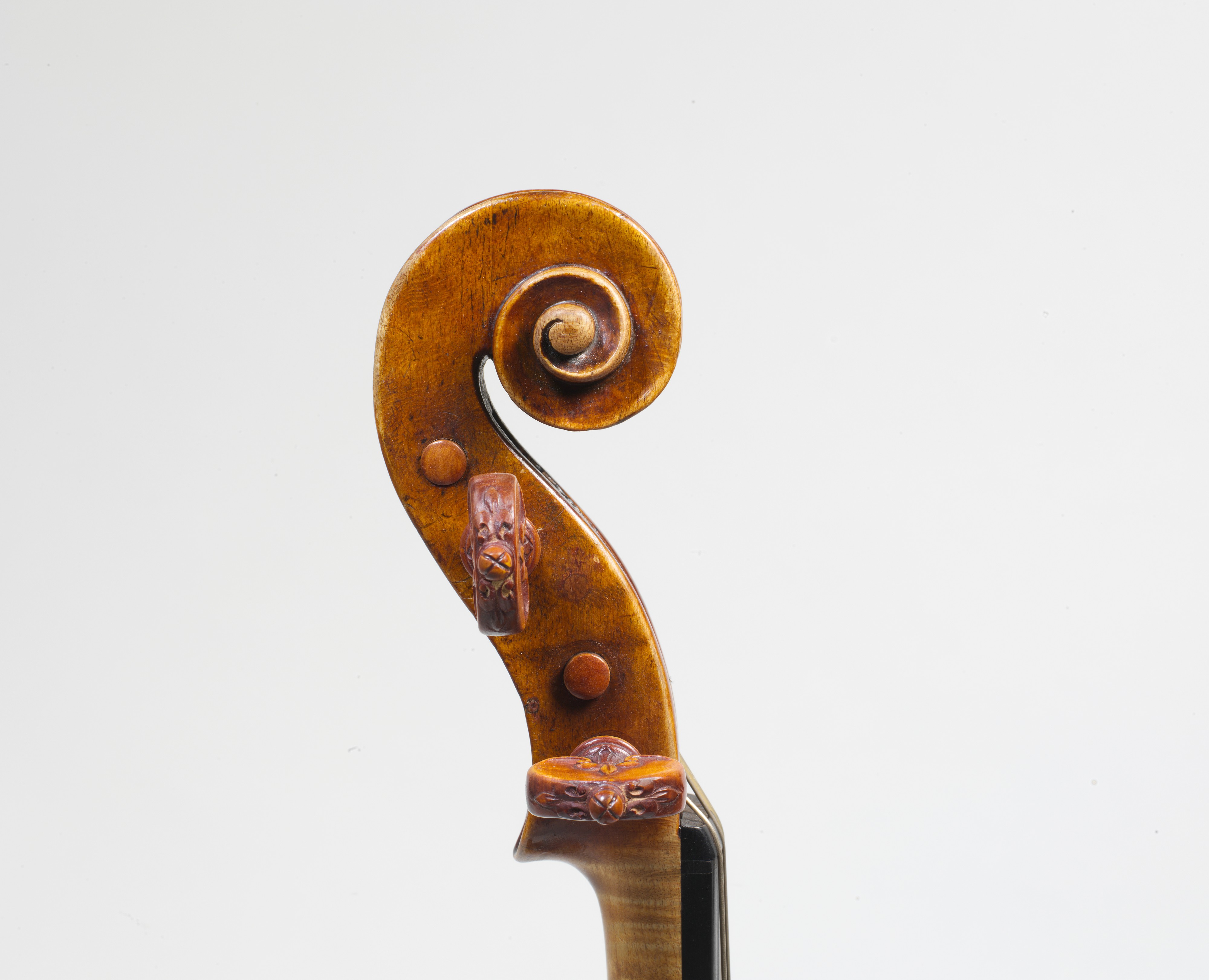


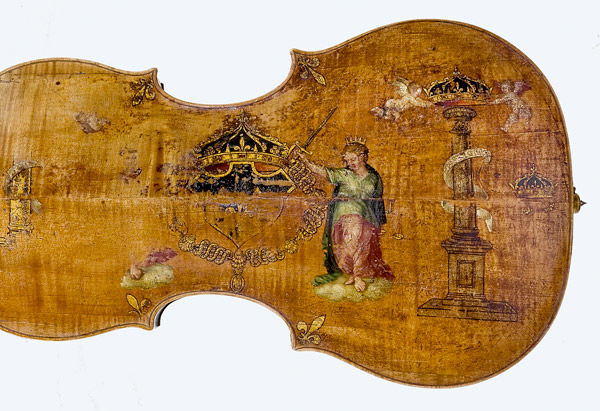
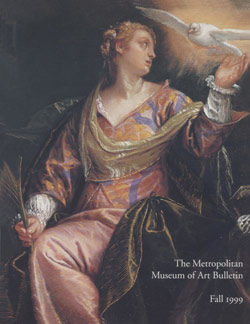
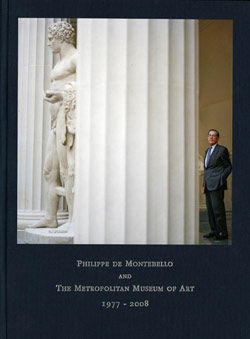

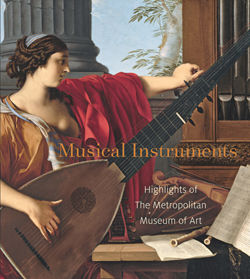












![Guitar Heroes: Legendary Craftsmen from Italy to New York [adapted from The Metropolitan Museum of Art Bulletin, v. 68, no. 3 (Winter, 2011)]](/-/media/images/art/metpublication/cover/2011/guitar_heroes_legendary_craftsmen_from_italy_to_new_york.jpg)
